
Writing With a Broken Tusk
Writing With a Broken Tusk began in 2006 as a blog about overlapping geographies, personal and real-world, and writing books for children. The blog name refers to the mythical pact made between the poet Vyaasa and the Hindu elephant headed god Ganesha who was his scribe during the composition of the Mahabharata. It also refers to my second published book, edited by the generous and brilliant Diantha Thorpe of Linnet Books/The Shoe String Press, published in 1996, acquired and republished by August House and still miraculously in print.
Since March, writer and former student Jen Breach has helped me manage guest posts and Process Talk pieces on this blog. They have lined up and conducted author/illustrator interviews and invited and coordinated guest posts. That support has helped me get through weeks when I’ve been in edit-copyedit-proofing mode, and it’s also introduced me to writers and books I might not have found otherwise. Our overlapping interests have led to posts for which I might not have had the time or attention-span. It’s the beauty of shared circles.


Guest Post: Sathya Achia on In My Hands
Sathya Achia weaves the complexity of gods and demons and magic with the life of 16-year-old Chandra, who’s confronted with rising danger from a supernatural enemy that threatens everyone she loves. Achia’s cultural backdrop is particularly interesting because it’s very specific, drawn from the author’s own ancestral Kodava culture (related to a specific ethnolinguistic group of southern India).
“Selavu is not so much of a weapon as it is a shield. Same with those cuffs they are part of traditional Kodaguru warrior armor,” Gowramma says, forcing me to think, but I can’t because my head is throbbing, and my thoughts are foggy. “Learn to look deeper. Nothing is ever as it seems.”
— In My Hands by Sathya Achia
In this fast-paced tale of curses and battles, but also of family and community and one girl’s struggle to meet her destiny, nothing is as it seems. I’m delighted to welcome Sathya Achia to tell us more about her novel, from Ravens & Roses.
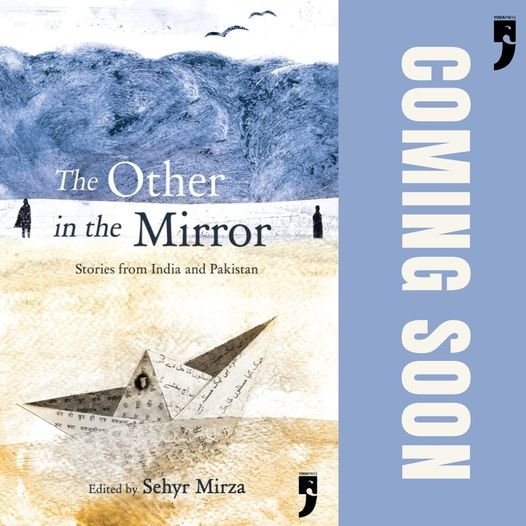
Setting: Interior Landscapes
There are interior landscapes among us badly in need of just the kind of rewilding that ecologists are calling for in the real world. It’s worth remembering that the Indian subcontinent, like the planet itself, is shared space.
A couple of years ago, right around the first uneasy rumbles of the Covid pandemic, I received a request for a short story from Sehyr Mirza, a Pakistani creative writer and journalist who was planning to edit an anthology of short stories for young readers. Here is the ethereal jacket image now created by Priya Kuriyan for that anthology, The Other in the Mirror: Stories From India and Pakistan, coming soon from Yoda Press in India and Folio Books in Pakistan!

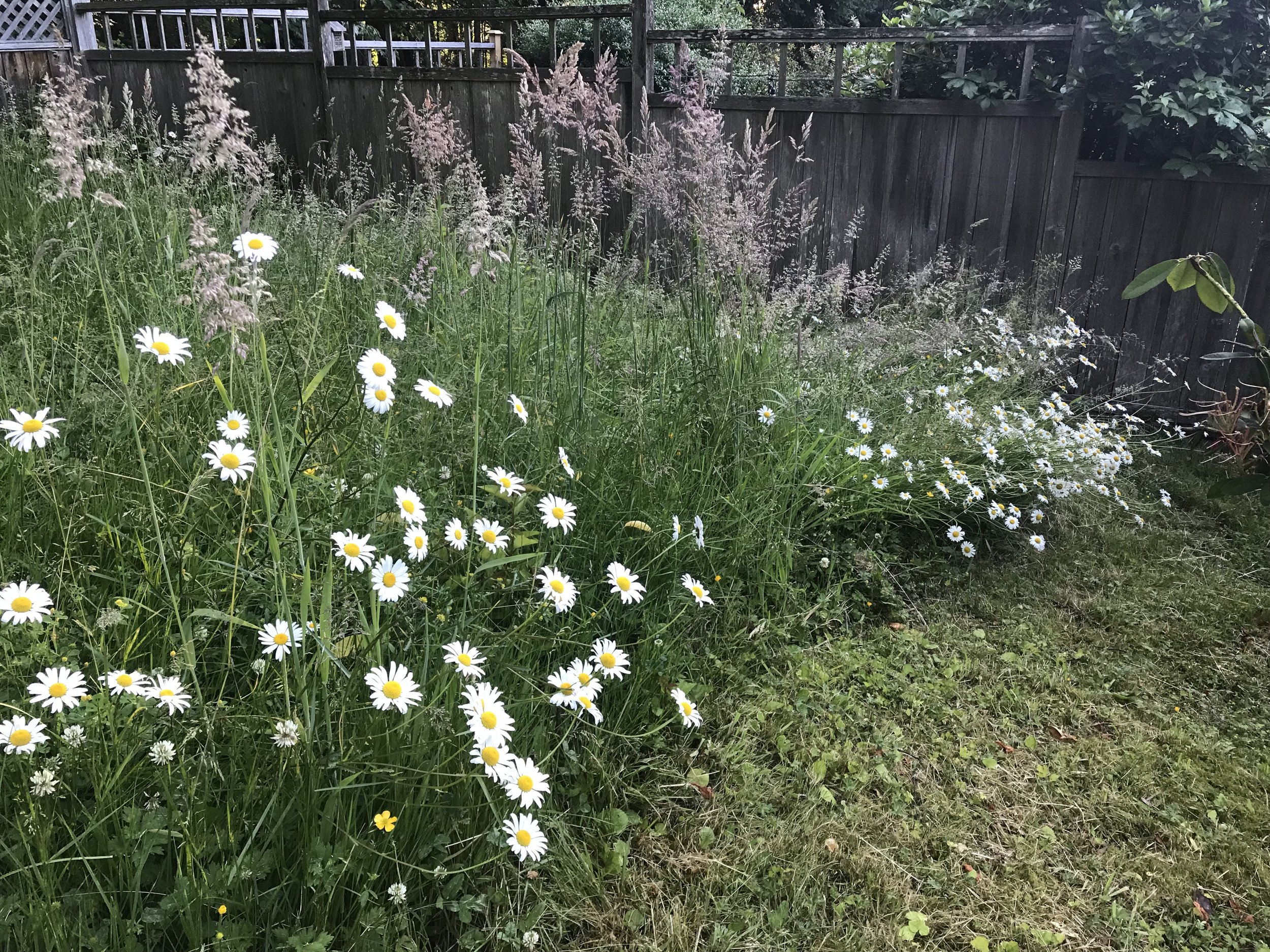
Setting: The Case for Rewilding
Singer-songwriter and UN Ambassador Ellie Goulding makes the case for rewilding the spaces we live in—and ourselves. Snippet:
We know that for clean water, you need healthy forests; to balance carbon, you need healthy seas and peat bogs, mangroves and seagrass. Nature isn’t just nice scenery. We are nature – and we depend on it.
In Karachi, Pakistan, architect and activist Tariq Qaiser is desperate to save an island he sees as a ”terrestrial incarnation of Abdullah Shah Ghazi, the patron Sufi saint of Karachi, who protects the city from storms, disease, and hunger.”


“Sometimes humans get it right”
Darcy Pattison’s picture book, Diego: The Galápagos Giant Tortoise, illustrated by Amanda Zimmerman, is a loving account of a place and the story of one species within its complex ecosystem. It’s also the story of a species climbing back into the world from the terrible brink of extinction.
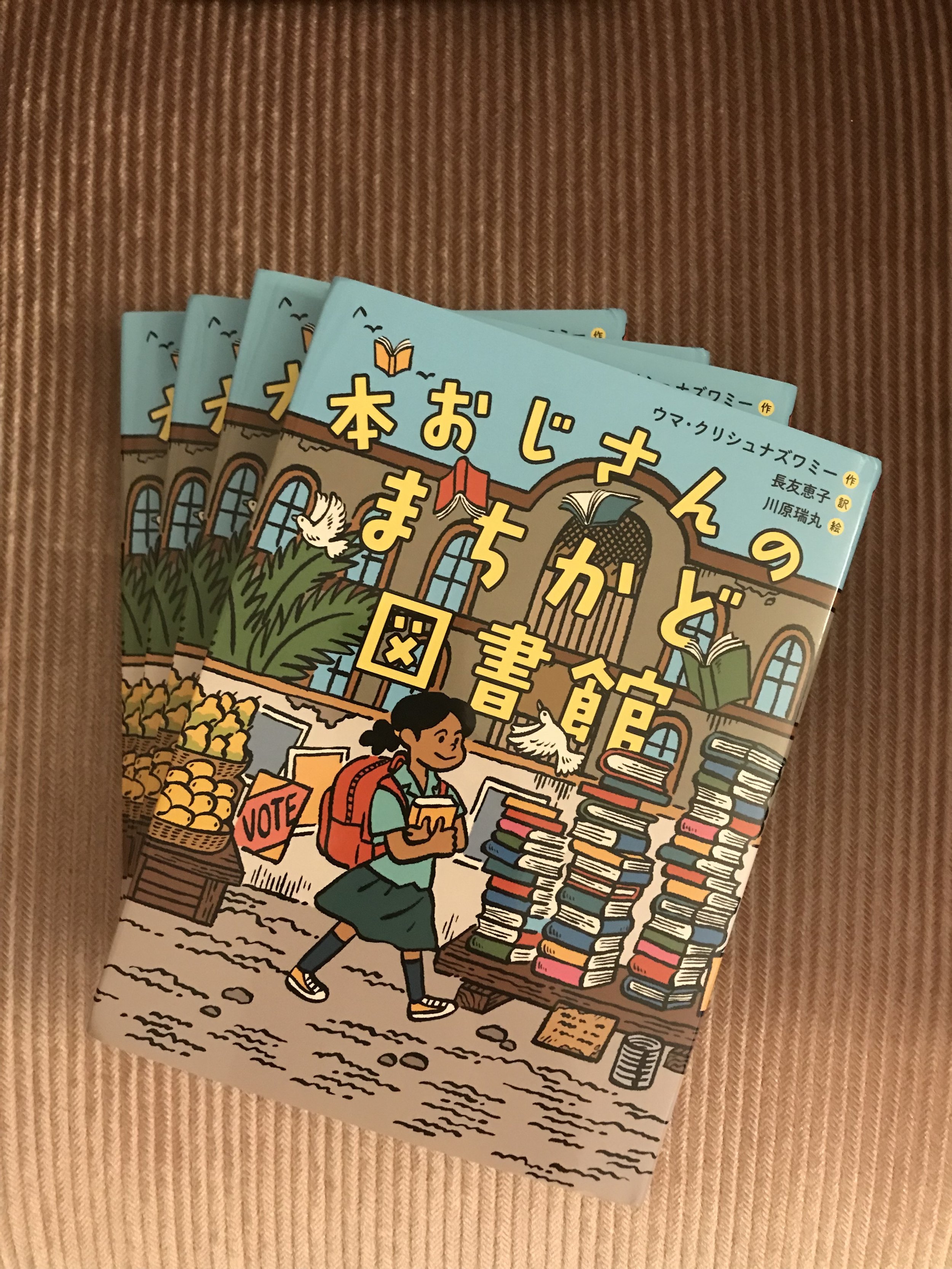

The Words in Picture Books: The Snail With the Right Heart by Maria Popova
The Snail With the Right Heart by writer and much-beloved blogger Maria Popova takes on gender and genetics, love and death, evolution and the surprise of unexpected mutations, in the same way that Marion Dane Bauer’s The Stuff of Stars engages with cosmology and evolution and the big, beautiful questions of who we are and why it matters.
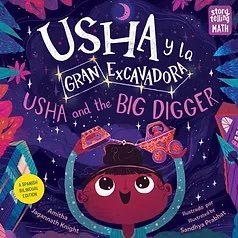
Guest Post: Amitha Jagannath Knight on Usha and the Big Digger
“Usha loved trucks. She made them bump and roll.” Who could not love this child who’s equally fervent about things on wheels and things in the sky? In advance of the Spanish edition to come in July (Usha y la Gran Excavator) I invited Amitha Jagannath Knight, writer and author of this charmer of a book, to post about how her Usha came to be.

Process Talk: Rajani LaRocca on Red, White, and Whole
I’ve been wanting to write this post ever since I first read Red, White, and Whole, Rajani LaRocca’s novel in verse about grief, loss, and coming of age as a desi kid in America. I asked Rajani if she’d tell me a little about the process of writing this beautifully crafted book, which has been so deservedly recognized (Newbery Honor, Walter Dean Myers Award Winner, Golden Kite Award Winner).

Small Perfectly Balanced Story Containers
For the last few months, because of the Picture Book Intensive, I’ve posted mainly about that small, perfectly balanced story container, its blend of images and words served up for the youngest of readers. The short story is another small container whose compactness calls for distilling the essence of a story.

Universal Rule or Historical Power Grab? Reflections on Show-Don’t-Tell
I often tell the story of the publication of my picture book, Out of the Way! Out of the Way! It’s a cautionary tale I was reminded of when I read Namrata Poddar’s pointed, articulate essay in LitHub, “Is ‘Show Don’t Tell a Universal Truth or a Colonial Relic?”

Voice and Humor in It Ain’t So Awful, Falafel
Middle grade humor is a funny thing. It’s belly-laughs and puns. It can be self-deprecating and sometimes dark.
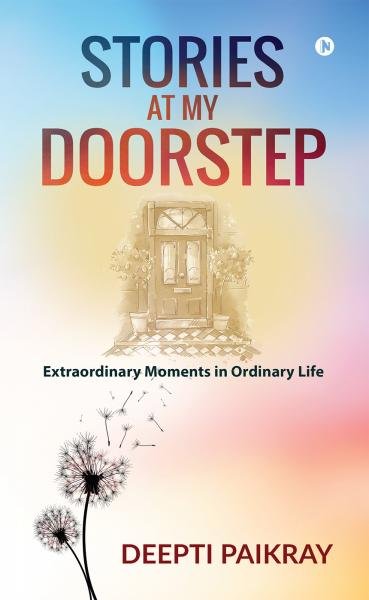
The Right Ghost
A couple of weeks ago, I was tinkering with the ending chapters of a middle grade novel that has resided in my files for some time. I’ve read pages from it occasionally at VCFA residencies. But now I’m down to the last stretch of writing it, and I’m noticing something.
I tend to be picky about what I read at this stage of a draft. Something very different seems best, as if I ought to put a wall up between the reading and writing spaces in my mind.

The Words in Picture Books: Bat Loves the Night by Nicola Davies
In Bat Loves the Night by Nicola Davies, illustrated by Sarah Fox-Davies, we enter the liminal space between day and night and encounter one small creature that inhabits it. Nicola Davies lifts the reader into bat’s world with perfectly chosen words.

Process Talk: Rachel Smoka-Richardson on Cinderelliot: A Scrumptious Fairytale
Welcome, Rachel Smoka-Richardson, my former student and current teaching assistant in the VCFA Picture Book Intensive. I remember that even back then, Rachel was interested in quirky characters with big vision, so I’m delighted to celebrate the publication of Cinderelliot, scrumptiously co-written by Rachel with Mark Ceilley.
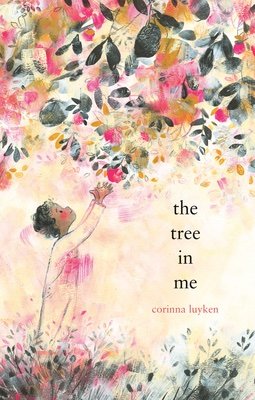
The Dance of Words and Pictures in The Tree in Me
Trees and us. We’re bound together from breath to shelter and beyond, bound together in every way.
That’s the truth that resides in this poem in words and pictures from author-illustrator Corinna Luykens. The words are as delicate as the rustle of leaves but they’re also completely centered on the child reader.
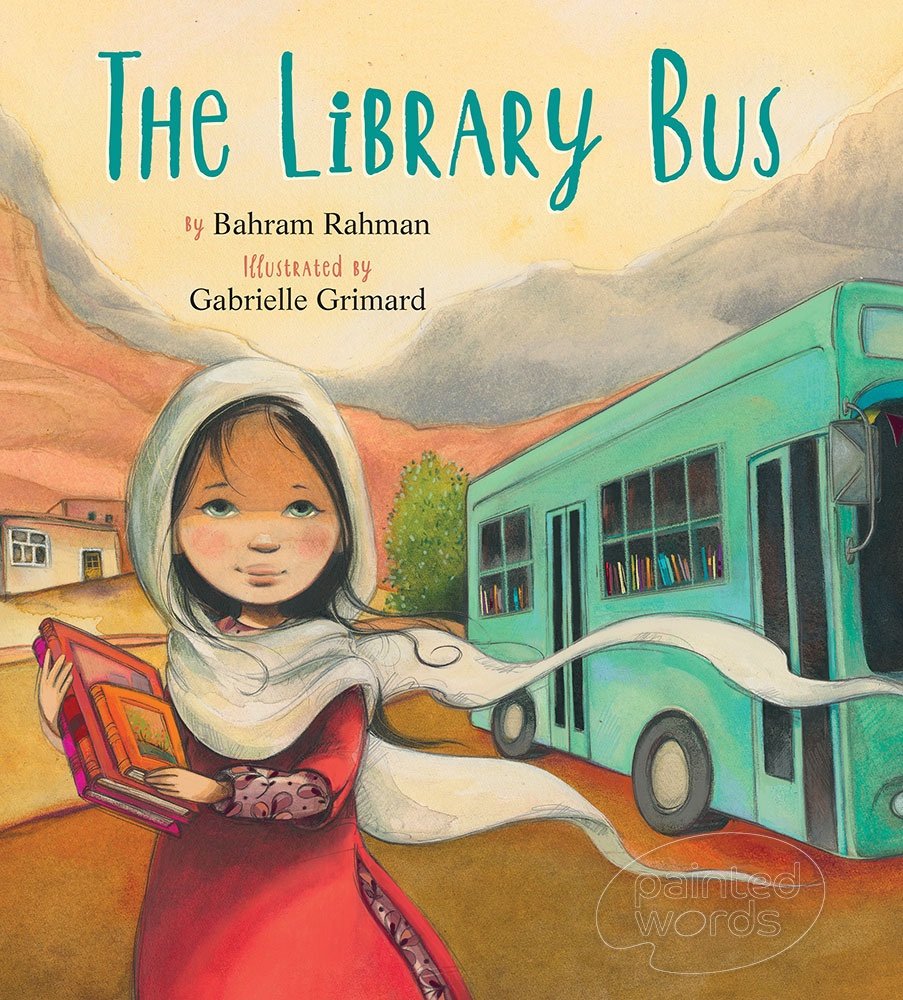
Remembering The Library Bus
The fate of Afghan girls and their education still hangs in the balance, as the present rulers try to figure out what’s going on. Are schools for girls open or not? It’s hard to believe that such a question can even be asked in the 21st century. In support of girls in a country plunged once more into despair, girls who long to go to school and can’t, I’m driven to think about this picture book.
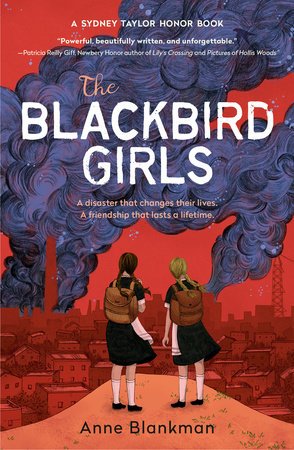
Chernobyl Revisited in The Blackbird Girls by Anne Blankman
In Pripyat, Ukraine, the citizens know an accident could happen at the power plant but they’ve been told that drinking milk and eating cucumbers will cure any radiation sickness that might result.
Fifth grade classmates Valentina Kaplan and Oksana Savchenko are not exactly friends, but now they’re forced into each other’s company by the sudden evacuation prompted by the hideous catastrophe of Chernobyl.

The Words in Picture Books: Lali’s Feather by Farhana Zia
Even in 2022, it’s rare to find a truly playful picture book that is also grounded in a particular location and with a specific cultural setting. In Lali’s Feather by Farhana Zia, you will not find the staple fare of diversity in picture books—food, family traditions, festivals.
